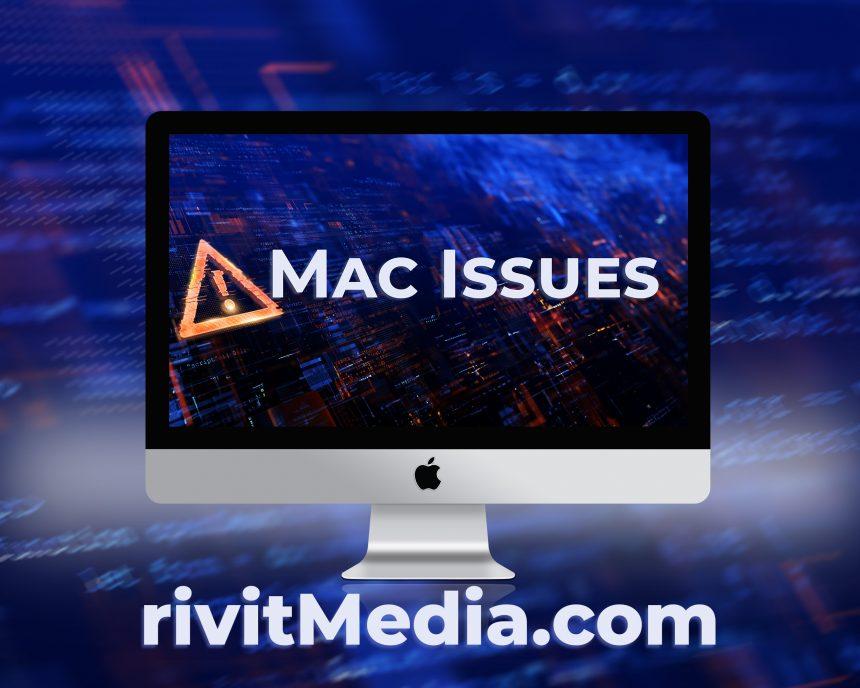In the realm of cybersecurity, the ‘Mac Web Service Will Damage Your Computer’ message looms as a deceptive and potentially hazardous warning for Mac users. Beyond being a mere annoyance, this message signifies a looming danger to the performance and security of Mac devices. Understanding its implications, sources of infection, and adopting proactive measures becomes paramount to protect against this malware threat. This article delves into the actions, consequences, removal methods, and best practices to thwart similar threats and fortify your Mac against such intrusions.
Understanding the Threat
The appearance of the ‘Mac Web Service Will Damage Your Computer’ message is often accompanied by noticeable symptoms signaling an infection on Mac devices. Users encounter a slowdown in system performance, intrusive pop-up advertisements disrupting browsing experiences, and frequent redirection to dubious websites. These signs point to the presence of adware or malware, posing risks beyond mere inconvenience.
Deceptive pop-up advertisements, free software bundling, torrent file downloads, and Internet browser tracking serve as primary sources of infection for this malware. Users must exercise caution when encountering these elements to prevent unintended installation of unsafe software.
Malware gains access through deceptive pop-up ads, mimicking legitimate alerts that urge users to download unsafe software to fix non-existent threats. Users must avoid clicking on these alerts to evade falling victim to this insidious threat.
Bundling with seemingly harmless applications is another method employed by this malware. Users inadvertently download additional, unwanted programs alongside legitimate software. Carefully reading installation prompts, choosing custom installations, and deselecting additional software can mitigate this risk.
Torrent files, commonly used for media and software downloads, present a significant risk of malware infection. Users should exercise caution, using reputable sources to avoid hidden malware in illegitimate torrent files.
Internet Browser Tracking and Privacy Concerns
The malware’s capability to track browser activities raises privacy concerns, leading to potential data breaches. Regularly reviewing and adjusting browser privacy settings can minimize unauthorized data collection risks.
Removal
Victims of this malware experience performance issues, persistent unwanted ads, redirects to dubious sites, and the potential loss of private information. Removal involves:
- Disabling suspicious browser extensions.
- Resetting browser settings to default.
- Clearing cache and cookies.
- Uninstalling suspicious applications.
- Conducting a thorough malware scan.
Best Practices for Prevention
To safeguard against similar threats, adopt proactive measures:
- Exercise caution with pop-up ads and downloads.
- Read installation prompts carefully.
- Use reputable sources for downloads.
- Regularly review browser privacy settings.
Conclusion
The ‘Mac Web Service Will Damage Your Computer’ message highlights the necessity for vigilance and responsible online behavior. Understanding signs of infection, identifying sources of malware, and practicing safe online habits are crucial. By implementing proactive measures, users can fortify their Mac systems against adware and malware, preserving both performance and security.





